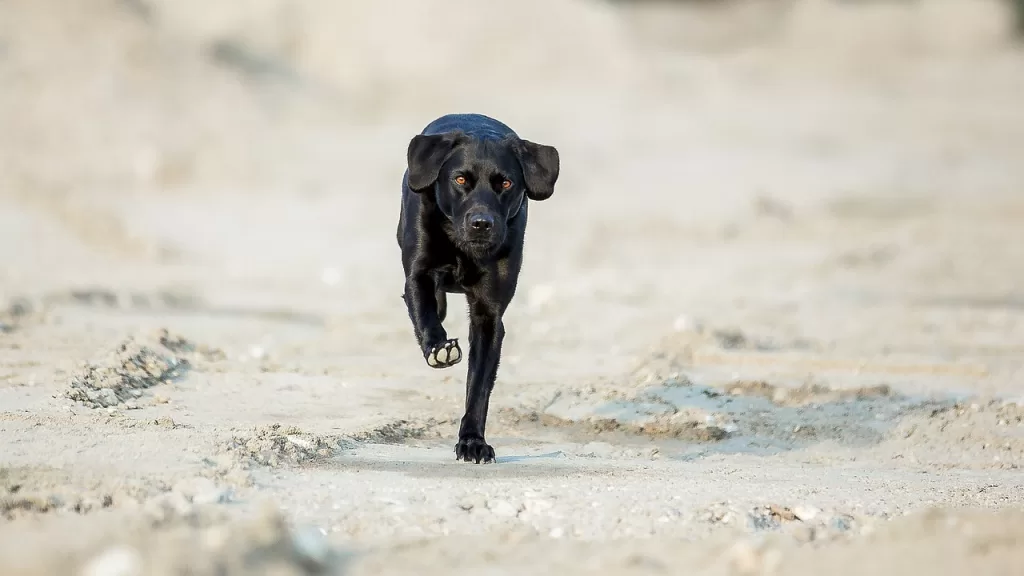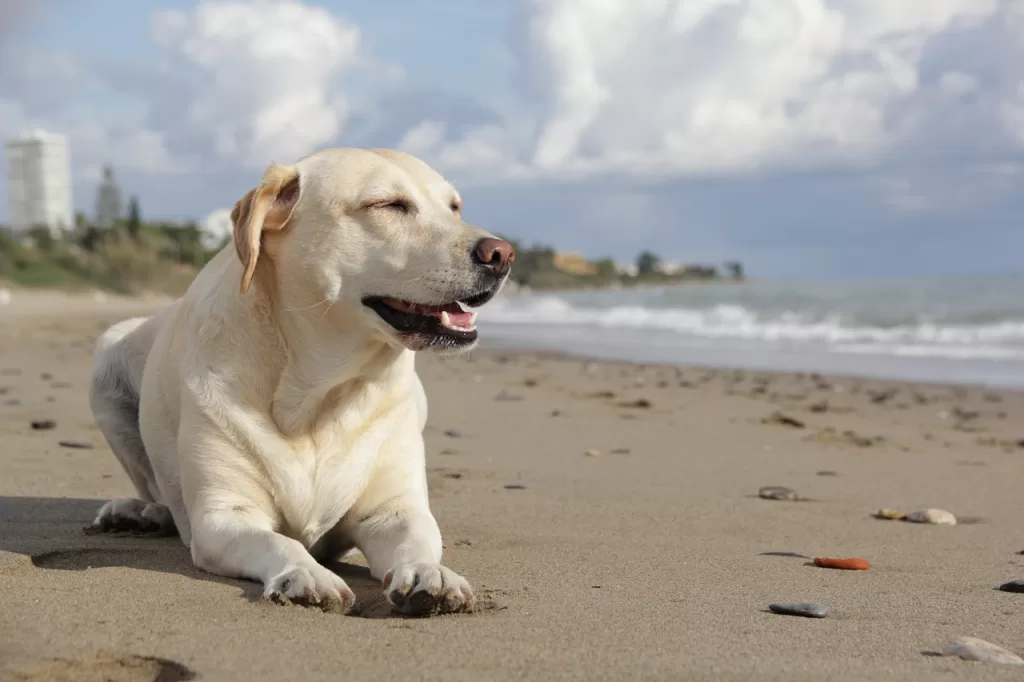Mastering Recall: Getting Your Dog to Come When Called

One of the most fundamental and life-saving commands you can teach your dog is “come.” Having a reliable recall, or the ability to get your dog to come to you when called, is not just about convenience; it’s a critical aspect of responsible dog ownership. Whether you’re at the park, in your backyard, or in potentially dangerous situations, having your dog respond to your recall command can be a lifesaver. In this blog, we’ll explore the art of mastering recall and getting your dog to come when called.
The Importance of Recall Training
1. Safety: Recall training is crucial for your dog’s safety. It allows you to prevent potentially dangerous situations, such as your dog running into traffic or getting into confrontations with other animals.
2. Control: A reliable recall command gives you control over your dog’s behavior. It’s a way to manage your dog’s actions, particularly when they are off-leash.
3. Freedom: With excellent recall, your dog can enjoy off-leash freedom while remaining under your control.
4. Peace of Mind: Knowing that your dog will come when called provides peace of mind during outings and adventures.
The Do’s of Recall Training
1. Start Early: Begin recall training as early as possible, ideally when your dog is a puppy. It’s easier to establish good habits from the beginning.
2. Use High-Value Rewards: Reward your dog with their favorite treats, toys, or lots of praise when they respond to your recall command. Make coming to you a rewarding experience.
3. Use a Consistent Command: Use the same word or phrase consistently for recall, such as “come here” or “come.” This minimizes confusion for your dog.
4. Practice in Safe Areas: Initially, practice recall in a safe, enclosed area with minimal distractions. Gradually increase the level of distraction as your dog becomes more reliable.
5. Gradual Leash Freedom: If you’re working with a leash, gradually increase the distance between you and your dog. Allow them more freedom as they prove reliable.
The Don’ts of Recall Training
1. Don’t Use Recall for Punishment: Never use the recall command when your dog is in trouble or about to be punished. You want your dog to associate coming to you with positive experiences.
2. Don’t Chase Your Dog: If your dog decides to play a game of chase during recall training, resist the urge to chase them. It reinforces the idea that coming to you is a game.
3. Don’t Overuse the Command: Avoid using the recall command for trivial matters. Reserve it for situations where your dog’s safety or obedience is paramount.
4. Don’t Rush: Be patient and avoid expecting immediate perfection. Recall training takes time, and every dog learns at their own pace.
5. Don’t Skimp on Rewards: Always reward your dog for a successful recall. If your dog comes to you and you don’t reward them, they may become less motivated to respond in the future.
Troubleshooting Recall Challenges
If your dog is struggling with recall, consider these tips:
- Increase Rewards: Use higher-value treats or rewards to make coming when called more enticing.
- Shorten the Distance: If your dog consistently ignores your recall command from a distance, start with shorter distances and gradually increase them.
- Use a Long Line: A long training lead can be a helpful tool for reinforcing recall. It allows you to gently guide your dog back to you if needed.
- Consistency: Ensure that everyone in your household uses the same recall command and follows the same training principles.
In Conclusion
Mastering recall is an essential skill for both you and your dog. It’s not just about obedience but also about ensuring your dog’s safety and allowing them to enjoy freedom while staying under your control. With patience, consistency, and positive reinforcement, you can teach your dog to come when called, creating a stronger bond and enhancing the safety of your adventures together.
Mastering Recall: Getting Your Dog to Come When Called Read More »

